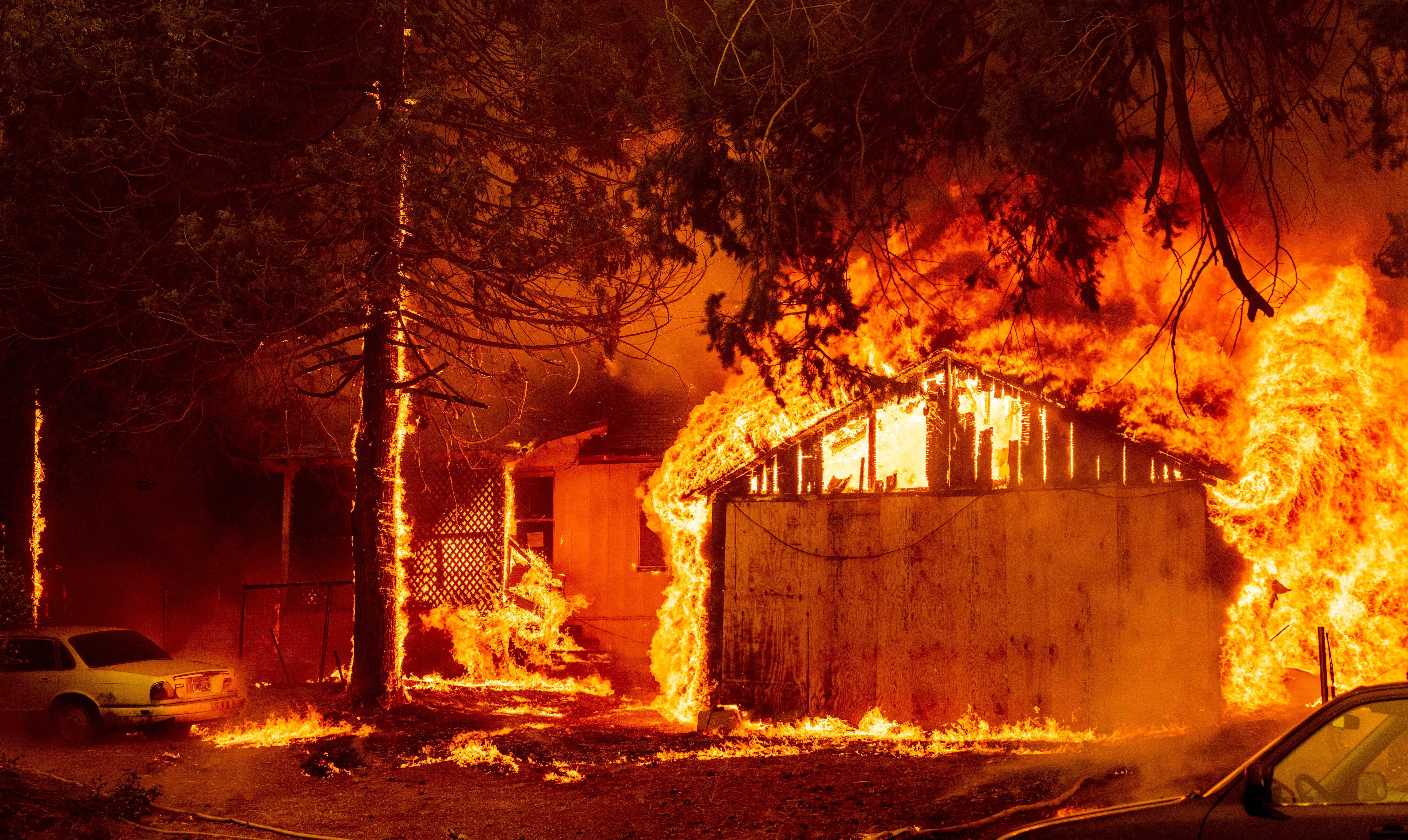
CLIMATEWIRE | A small engineering team at a cavernous lab in South Carolina spends its days setting buildings, fences and bushes on fire — and studying what happens next.
The research is for the U.S. insurance industry, which has suffered historic losses over the last decade in blazes that have leveled entire communities.
The industry in response has tapped the scientists to investigate how wildfires spread through urban areas, a field of study that has taken on greater importance as climate change fuels bigger and more destructive wildfires.
On supporting science journalism
If you’re enjoying this article, consider supporting our award-winning journalism by subscribing. By purchasing a subscription you are helping to ensure the future of impactful stories about the discoveries and ideas shaping our world today.
“The impact that it’s having on our communities is the likes of which we have never seen in past decades,” said Anne Cope, who leads the team of engineers at the Insurance Institute for Business and Home Safety, an industry-backed nonprofit. “We have to put a stop to it.”
A range of factors have complicated that work. Among them: Wildfires only recently have become a major issue for the industry, which means both the science and data surrounding their impact on communities are less advanced when compared with other disasters, such as hurricanes.
Major wildfires also can be more complex to model in part because blazes, unlike hurricanes or earthquakes, are often started by humans and can be suppressed by them, too.
The industry in response has ratcheted up investment in catastrophe modeling and building science research to keep pace with the mounting threat.
The ultimate goal: to more confidently account for the risk; help homeowners minimize it; and stabilize insurance markets that are reeling amid inflation, a shifting regulatory environment, rising reinsurance costs and climate-juiced disasters.
“It’s just a very volatile time right now for companies…
Read the full article here






